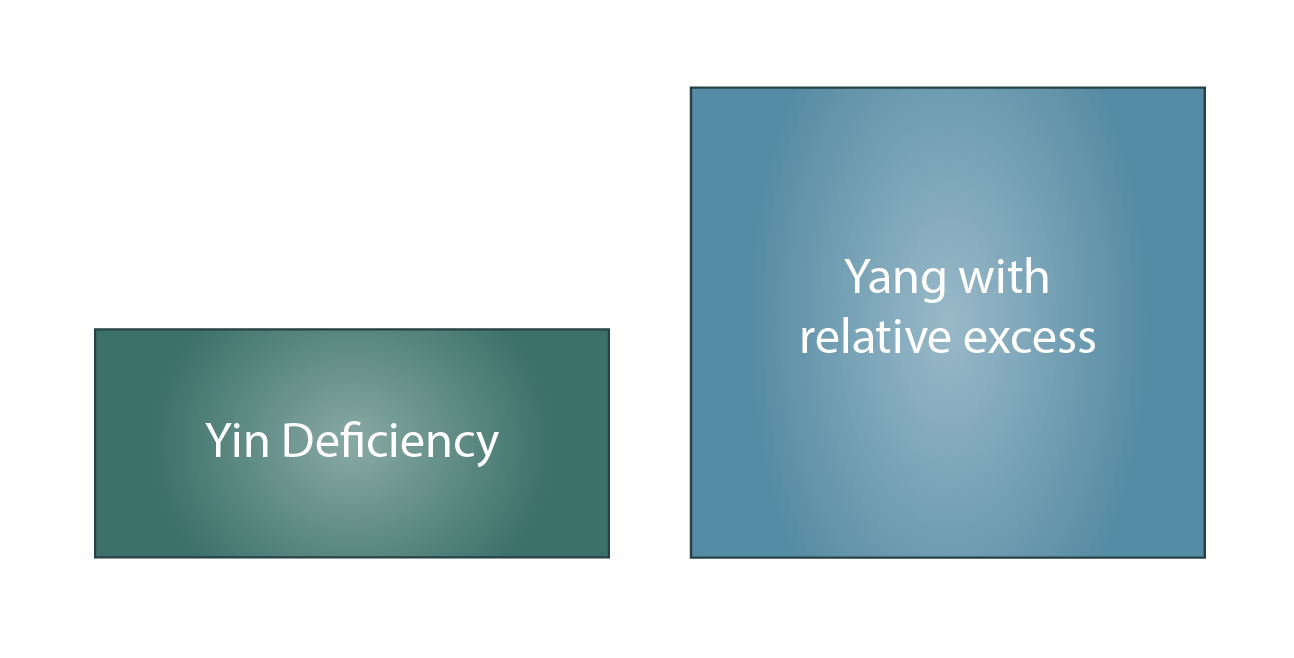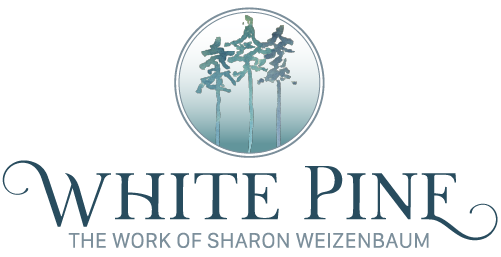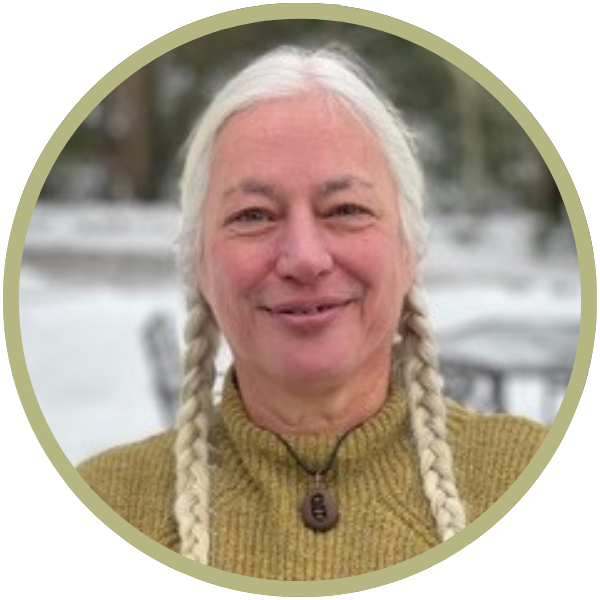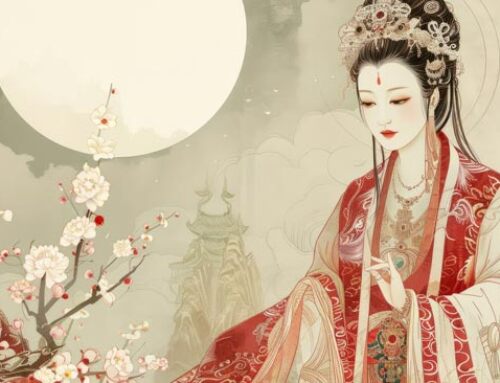Usually when a practitioner of Chinese medicine considers the treatment methods for a patient with clear deficiency of Yin, we think of methods to cool and rich. If we are using the herbal medicine we think of using herbs that are sweet, sour, cool and generally cloying. When we consider acupuncture techniques we often come up with points such as Spleen 6, Kidney 6 or Kidney 3. We are taught to avoid using moxa or hot herbs because in a hot or dry illness we don’t want to add more heat. When we think of Yin and Yang in terms of quality, these ways thinking of treating make a lot of sense. If Yin is deficient then there is a relative excess of Yang that we call empty heat. Clearly we need to augment the amount of Yin to offset this relative excess of Yang. Adding more Yang would obviously be ridiculous when we think of Yin and Yang in this fashion. This is the illustrated in the diagram below.

Unfortunately the processes of life are not that simple, yet there are also not so complicated that we can’t understand and work with them. When we do see the deeper layers of the relationship between Yin and young our treatments become clear and more effective.
In this article, I hope to illustrate a single aspect of the mutually dependent and generative nature of Yin and Yang – especially how physiological Yin depends on the activating power of young to be engaged – through the examples of three cases for my clinical experience.
Download to read the full article.




